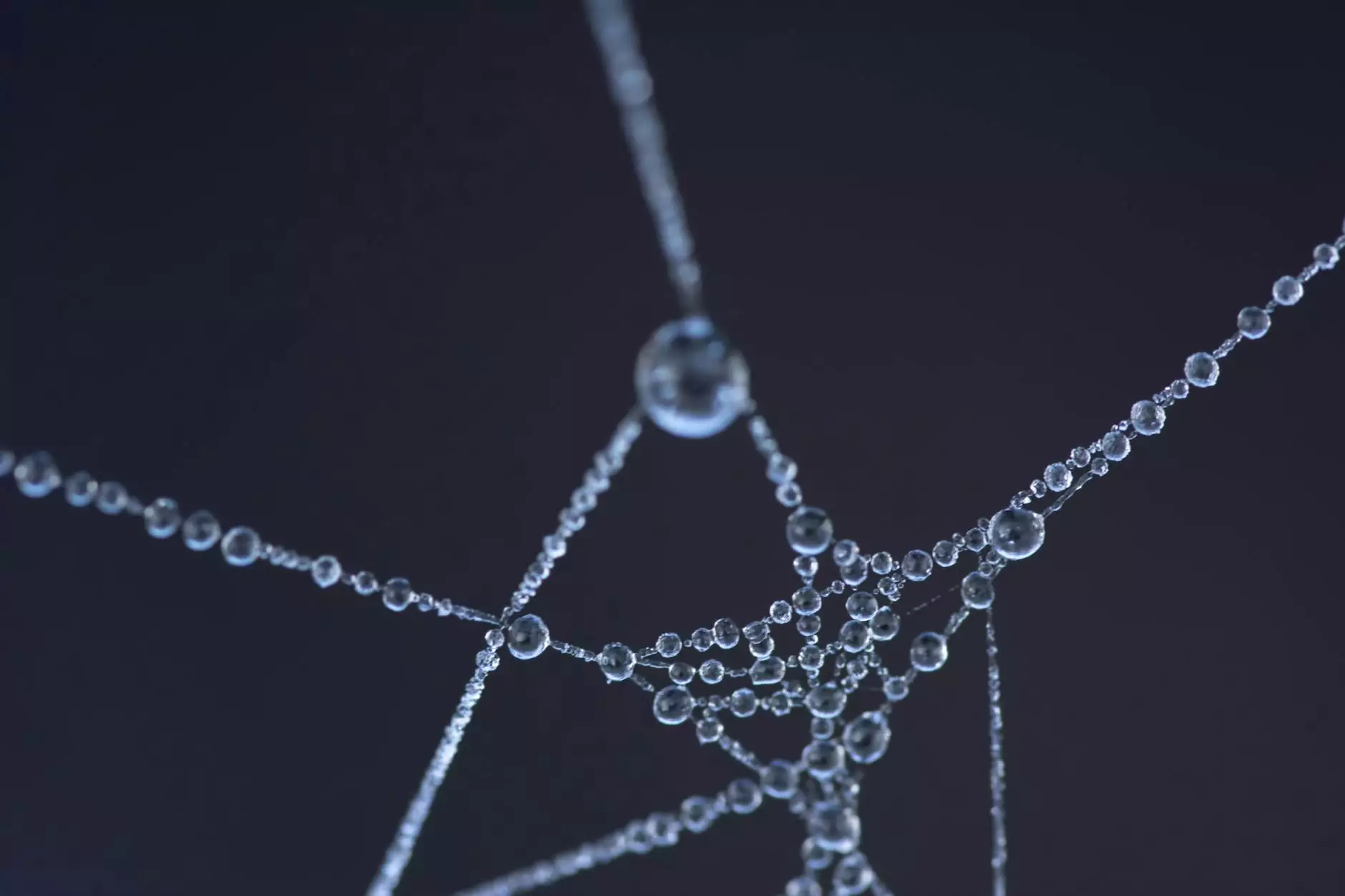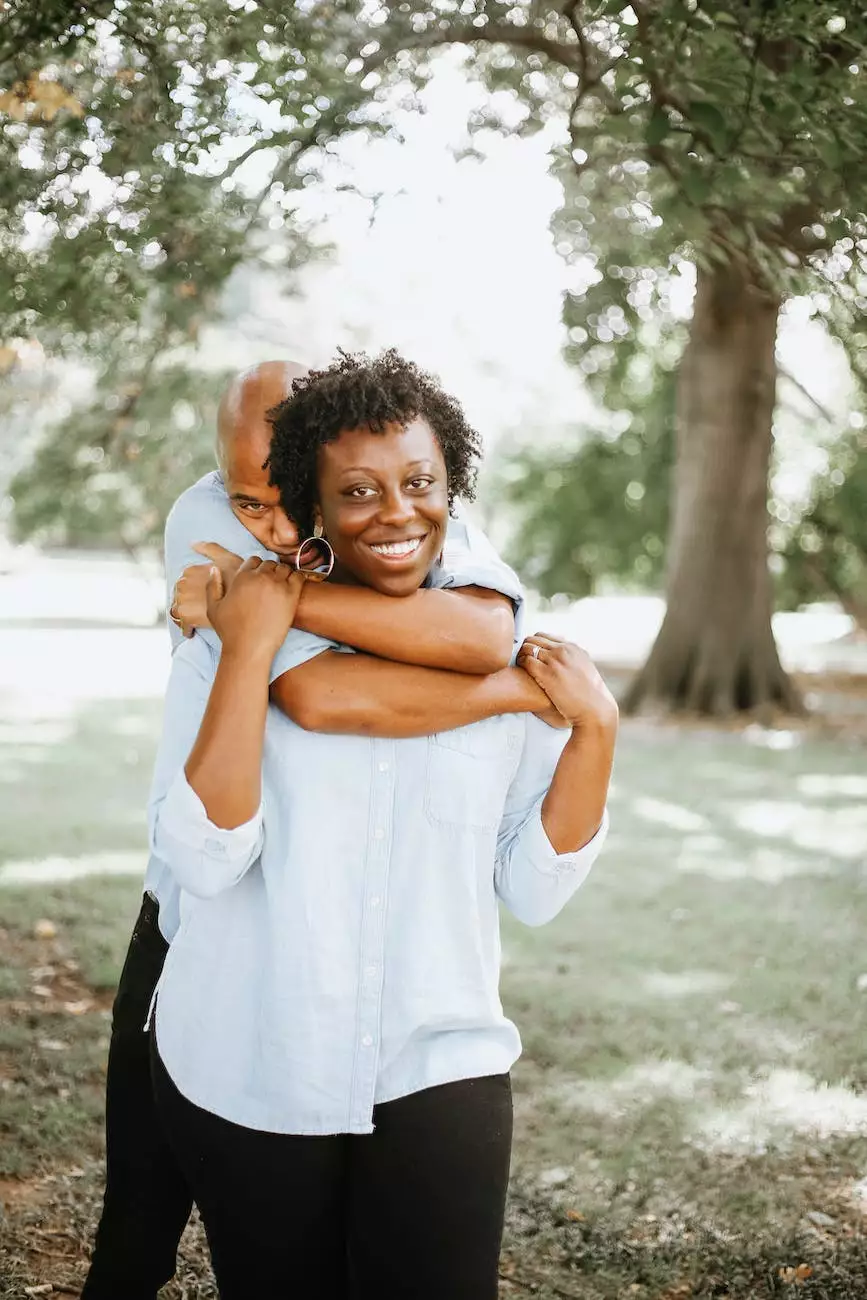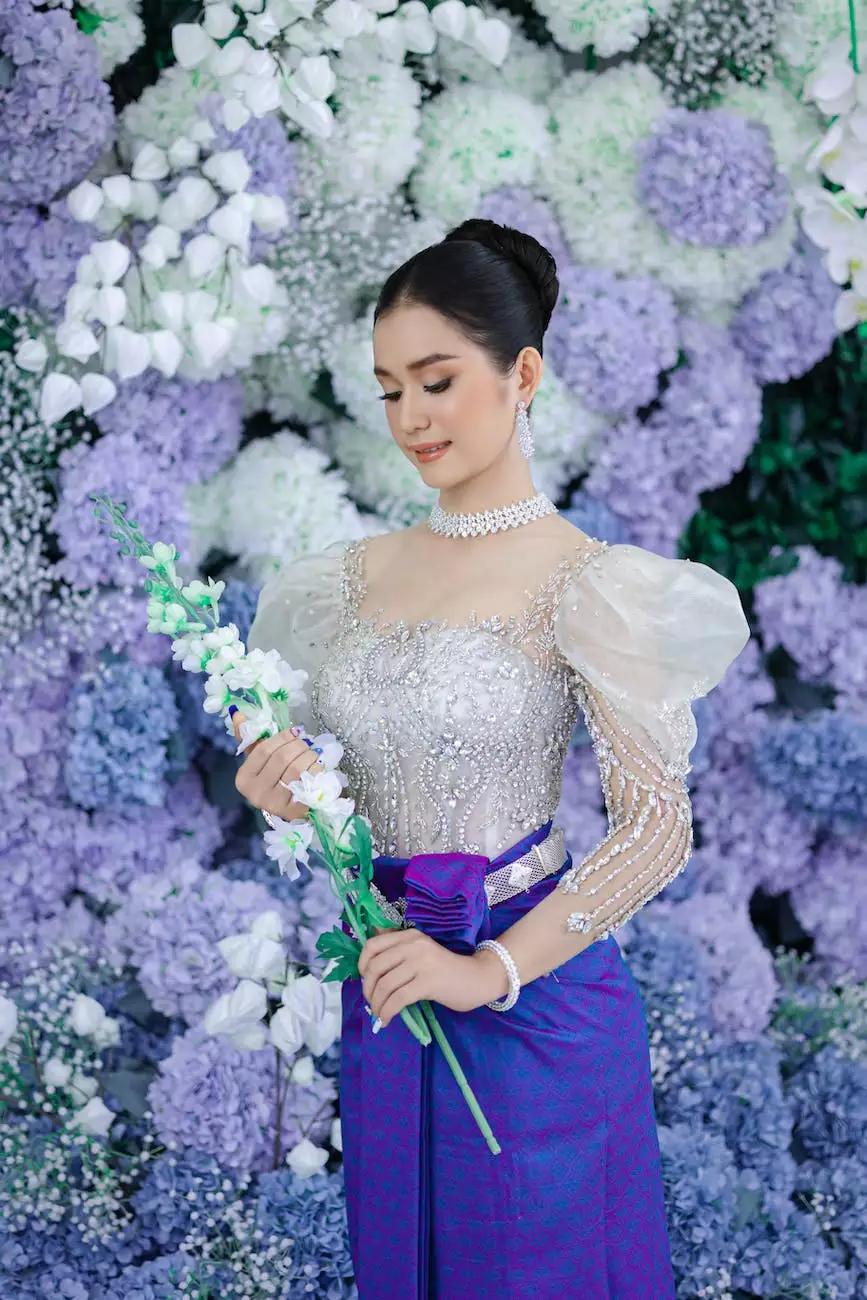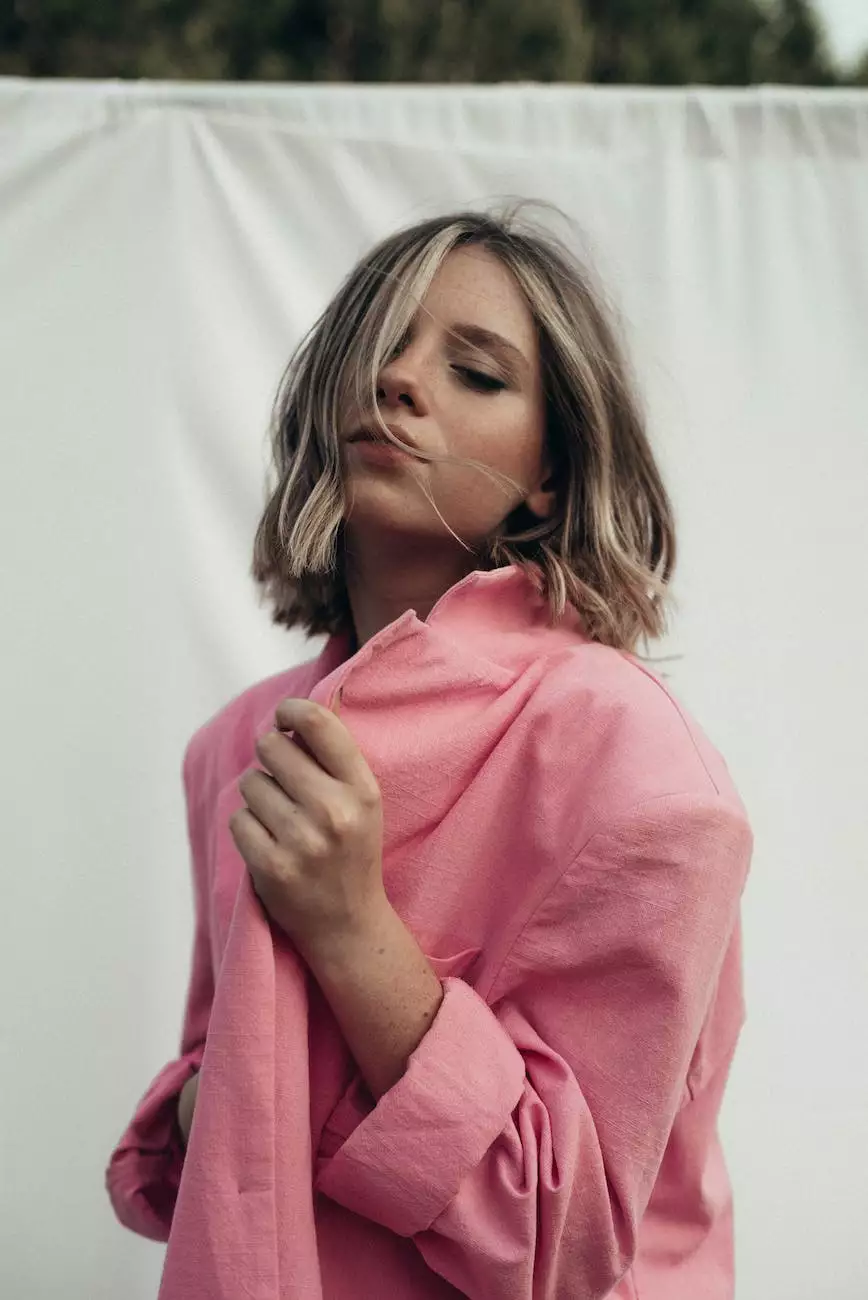How To Create a Precise Color Match
Blog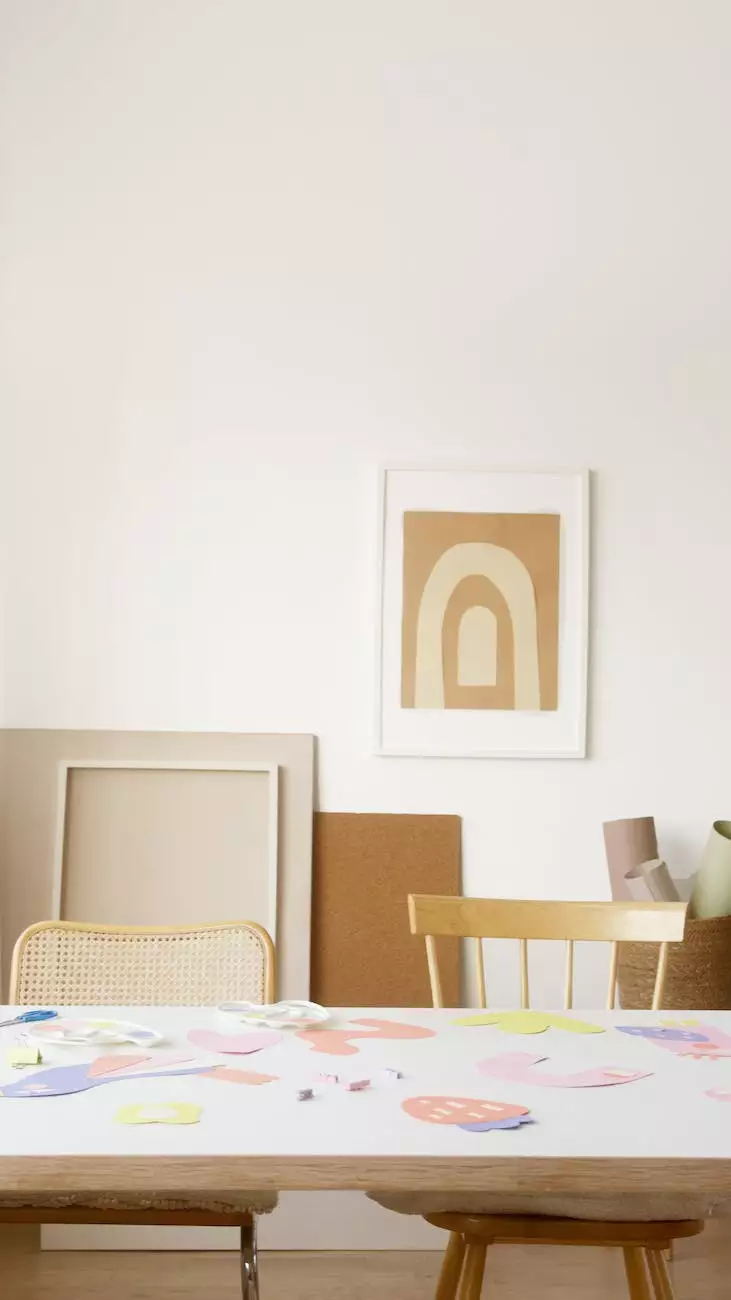
Introduction
Welcome to the world of precise color matching! In this comprehensive guide, Courtney Taylor, a renowned name in the Arts & Entertainment - Visual Arts and Design industry, will walk you through the essential steps and techniques required to achieve a perfect color match for your artwork. Whether you are an experienced artist or a budding enthusiast, this guide will equip you with the knowledge you need to create visually stunning and harmonious compositions.
Understanding Color Theory
Before diving into the process of precise color matching, it is crucial to have a solid understanding of color theory. Color theory is the foundation of visual arts and design, aiding in the effective use of colors to evoke emotions, convey messages, and create powerful visual impact.
Primary Colors
Primary colors – red, blue, and yellow – form the basis of all colors in the color spectrum. Understanding their properties and relationships is essential in achieving accurate color matches.
Secondary and Tertiary Colors
By mixing primary colors in varying proportions, secondary and tertiary colors are formed. Secondary colors include green, orange, and purple, while tertiary colors further expand the range with variations such as blue-green and red-orange.
Color Harmony
Creating harmonious color combinations involves understanding the concepts of complementary, analogous, and monochromatic colors. Courtney Taylor will guide you through these principles and arm you with the knowledge to create visually appealing artwork that resonates with viewers.
The Importance of Color Matching
Accurate color matching is crucial in ensuring consistency across your artwork, whether you are working on paintings, illustrations, or digital designs. Inconsistencies in color can lead to distraction, lack of cohesion, and an overall negative impact on your artistic expression. Therefore, understanding how to create a precise color match is essential for every artist.
Tools and Techniques
To achieve precise color matches, a range of tools and techniques can be employed:
Color Wheels and Guides
A color wheel is an essential tool that helps artists visualize color relationships and select harmonious combinations. Courtney Taylor recommends incorporating a color wheel into your creative space as a quick reference and inspiration.
Color Mixing Techniques
Mixing paints or digital colors is an art form in itself. Understanding color mixing techniques, such as glazing, layering, and dry brush, will empower you to achieve the desired shades and tones accurately.
Utilizing Color Spaces
Color spaces, such as RGB and CMYK, have different properties and are used in various mediums. Courtney Taylor will demystify these color spaces, providing insights into when and how to apply them for precise color reproduction.
Practice Makes Perfect
The key to mastering precise color matching is practice. Courtney Taylor suggests dedicating regular sessions to experiment with colors, mix different combinations, and refine your skills over time. Embrace the joy of the creative process, and let your artwork evolve!
Conclusion
Courtney Taylor hopes that this guide has provided you with valuable insights into creating a precise color match for your artwork. By understanding color theory, employing the right tools and techniques, and dedicating time for practice, you can achieve outstanding results that captivate your audience. Unleash your creativity, and let colors tell your unique artistic story!

